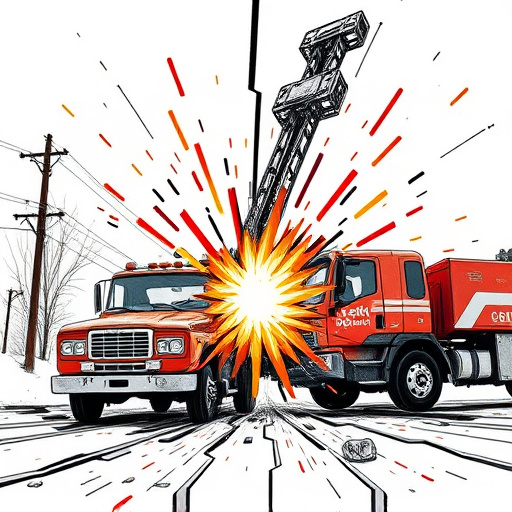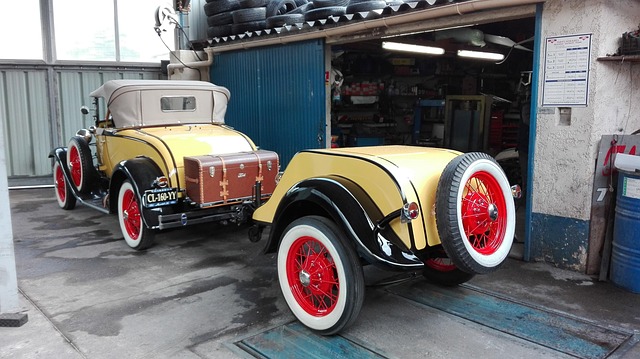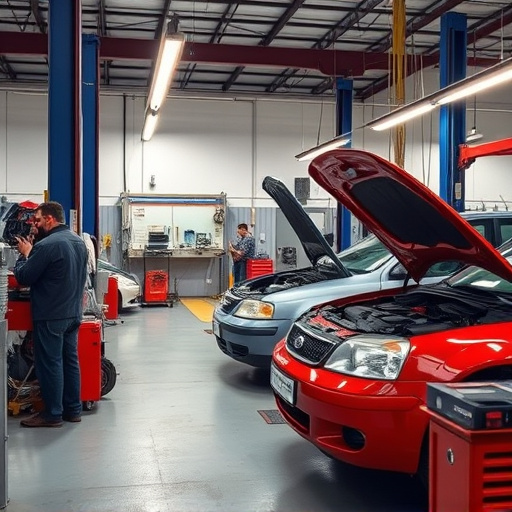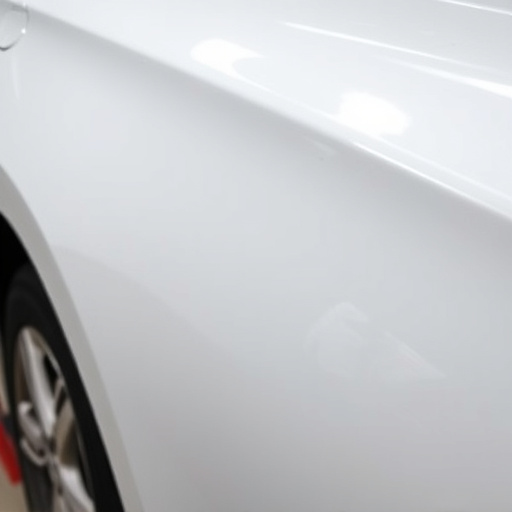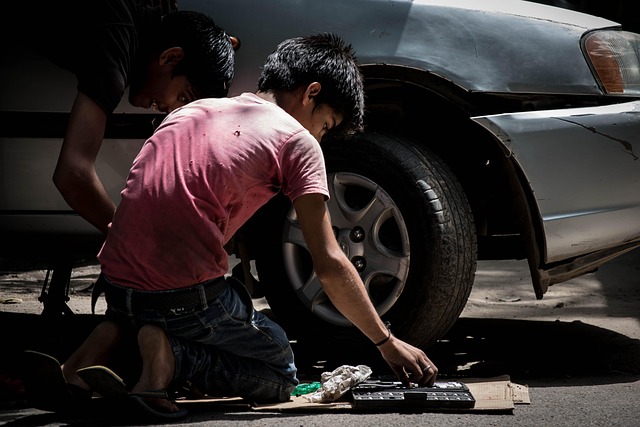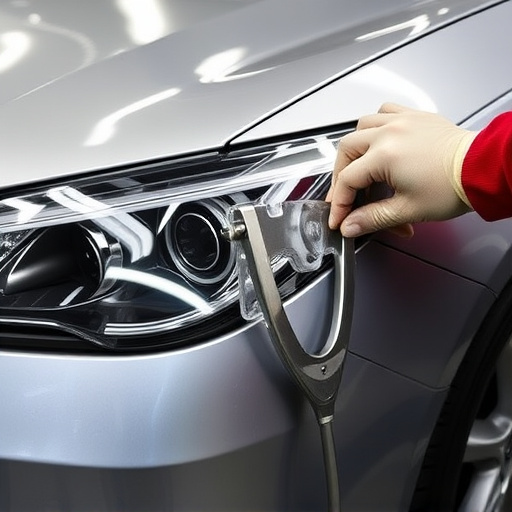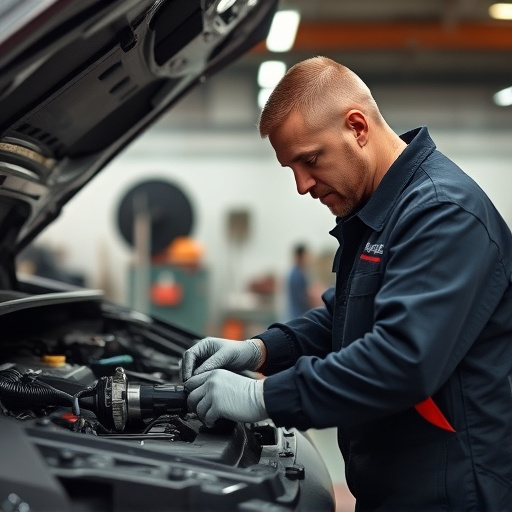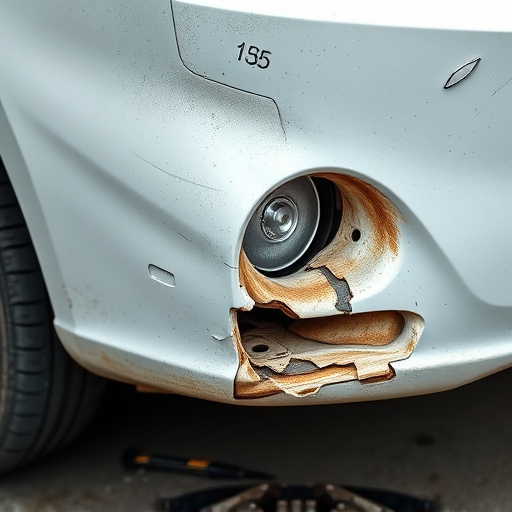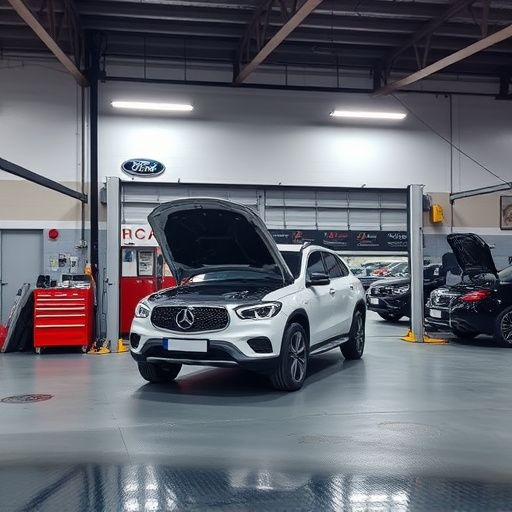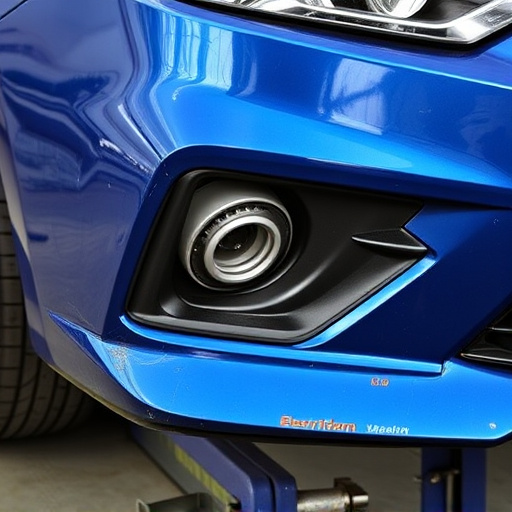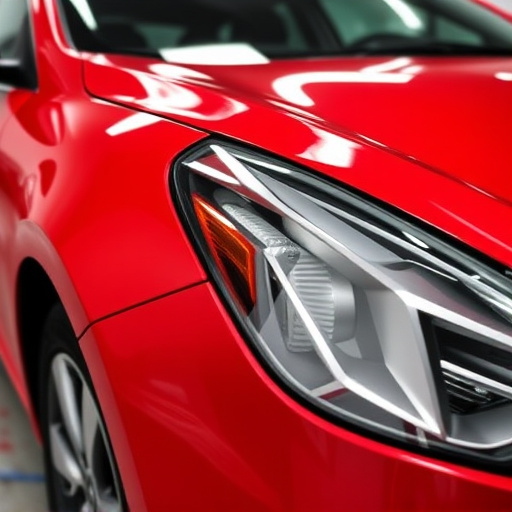Quarter panel dent repair is accessible for DIYers with the right tools (dent puller, hammer, pry bar, sandpaper, putty knife, primer, paint, clear coat) and safety gear. Proper preparation, including assessing damage, gathering materials, and sanding, yields professional results enhancing vehicle aesthetics. Preventative measures like parking in protected areas, regular washing, waxing, car covers, and mirrors with sensors safeguard against scratches and dents, while professional collision and frame repair services offer long-term solutions.
“Discover the art of quarter panel dent repair with our comprehensive guide, empowering you to tackle this common car issue. Learn how to transform those unsightly dents into a seamless finish using DIY techniques and the right tools. From understanding the process to preventing future damage, we’ve got you covered. Get ready to bid farewell to those pesky dings and bring your car’s body back to its pristine condition.”
- Understanding Quarter Panel Dent Repair: Tools and Materials Needed
- Step-by-Step Guide to DIY Quarter Panel Dent Removal
- Tips for Prevention and Maintaining a Scratch-Free Car Body
Understanding Quarter Panel Dent Repair: Tools and Materials Needed
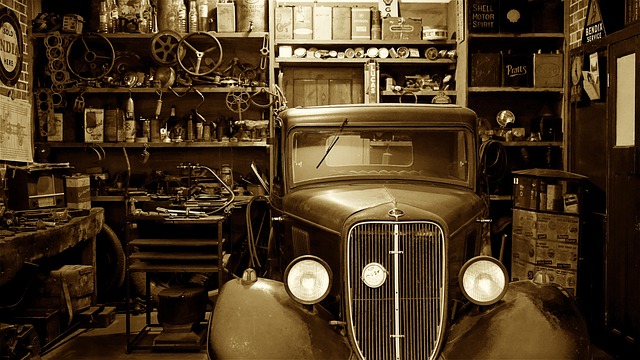
Quarter panel dent repair is a common task for both professional auto body repair technicians and DIY enthusiasts looking to save costs. Before diving into this process, it’s essential to understand the tools and materials required for successful quarter panel dent repair. The primary goal is to remove the dent while minimizing damage to the paint and surrounding metal.
For this type of auto body work, you’ll need a variety of tools including a dent puller or slider, hammer, pry bar, sandpaper, putty knife, primer, paint, and a clear coat. Additionally, safety gear such as gloves, goggles, and a respirator mask is crucial to protect against metal shavings and chemical fumes from the paints. Having the right materials ensures that your quarter panel dent repair job yields professional-looking results, restoring your vehicle’s aesthetic appeal through effective vehicle restoration techniques.
Step-by-Step Guide to DIY Quarter Panel Dent Removal
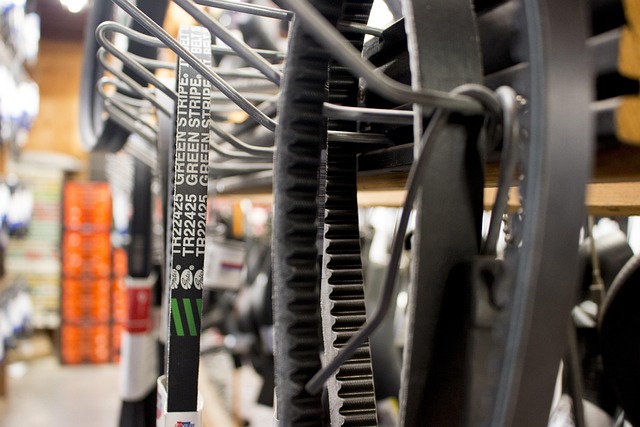
Removing a quarter panel dent on your car can be accomplished with the right tools and techniques. Here’s a step-by-step guide for DIY enthusiasts looking to tackle this repair themselves:
1. Assessment: Start by inspecting the dent thoroughly. Determine its size and depth, as well as any surrounding damage. This will help you choose the appropriate method for removal. For shallow dents, you might opt for a hammer and dolly approach, while deeper dents may require more advanced tools like a frame straightener.
2. Preparation: Gather your materials, including a putty knife, sandpaper (various grits), a primer, car paint, and protective gear. Ensure your work area is clean and well-lit. Remove any loose debris from the dented panel using fine-grit sandpaper. This creates a smooth surface for the next steps.
Tips for Prevention and Maintaining a Scratch-Free Car Body

Preventing quarter panel dents and maintaining a scratch-free car body is an ongoing process that combines regular care with proactive measures. Start by parking in shaded or covered areas to protect your vehicle from airborne debris and extreme weather conditions, both of which can contribute to damage. Regular washing and waxing not only enhance the exterior aesthetics but also create a protective barrier against minor scratches and dents.
Invest in high-quality car covers for extended protection when parked outdoors. Additionally, consider installing side mirrors with built-in sensors or cameras to aid in parking and reduce the risk of accidental dents. For those looking into long-term solutions, opt for professional auto body services that offer collision repair and auto frame repair treatments, ensuring your vehicle’s structural integrity and aesthetic appeal remain intact.
Repairing a quarter panel dent can be a challenging but rewarding task for car enthusiasts. By understanding the process, investing in the right tools and materials, and following a step-by-step guide, DIYers can achieve professional-looking results. Regular maintenance and prevention techniques, such as using protective coatings and parking wisely, will further safeguard your vehicle’s body from scratches and dents. Remember, with the right approach, you can restore your car’s exterior to its original condition and save on costly dealership repairs.


